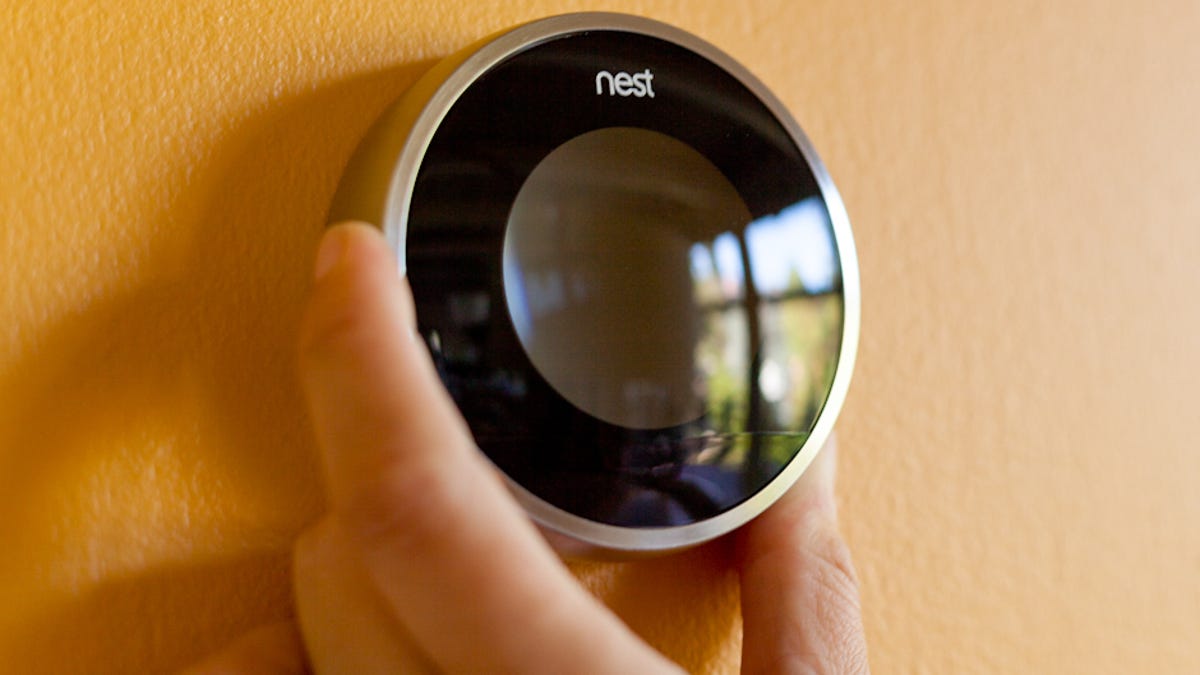Nest software update aims for more comfort, lower bills
The new set of features could provide even more help for owners of the Learning Thermostat by intelligently understanding users' environments better.

With all of the 10 hottest years on record having come since 1998, it's hard to deny that things are getting hotter. And as the temperature rises, so too does society's power usage.
With that in mind, Nest, the maker of the Learning Thermostat, has just issued its latest software update aimed at increasing people's comfort, while at the same time reducing their energy bills.
Last week, the company unveiled Nest Energy Services, a set of initiatives available to customers of certain utility companies that has a similar goal. But the new software update works for anyone with a Nest.
Topping the list of new features is what's called "Sunblock." According to Nest co-founder Tony Fadell, this is designed to counteract the fact that 60 percent of all thermostats are hit with direct sunlight at least some of the time. That might not seem like a problem, but Fadell -- known as the "Father of the iPod" during his time at Apple -- noted that when a thermostat is in sunlight, it often assumes the temperature has gone up and kicks the air conditioner into gear as a result. "We'll detect the pattern of the sun hitting it," Fadell said, "and cancel out temperature changes."
Another new feature is known as "Cool to Dry." The idea here is to automatically run a house's air conditioner -- a known way to combat mold in highly humid areas -- only when needed. Instead of people leaving the A/C on all the time, a Nest operating with Cool to Dry will power up the air conditioner only when humidity reaches a certain point.
The new software update also boosts the efficiency of the Nest thermostat's Auto-Away feature. The device is now intended to be smarter about understanding when a user or users are returning home and only adjusting the temperature when it thinks people will soon be there.
And the thermostat's software has been optimized to turn on users' fans whenever they want, a key step in circulating air in their homes and limiting a dependency on air conditioning.

